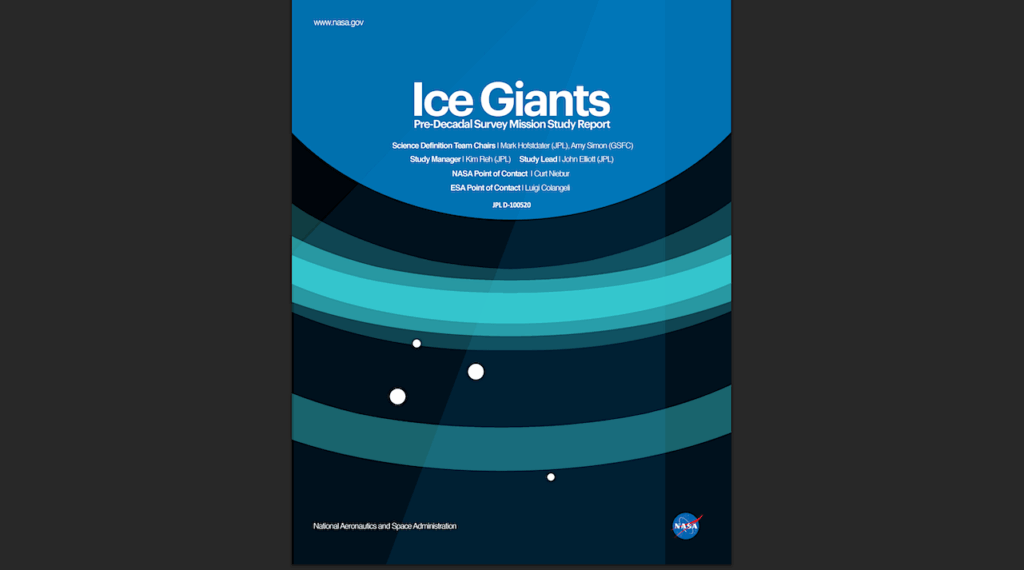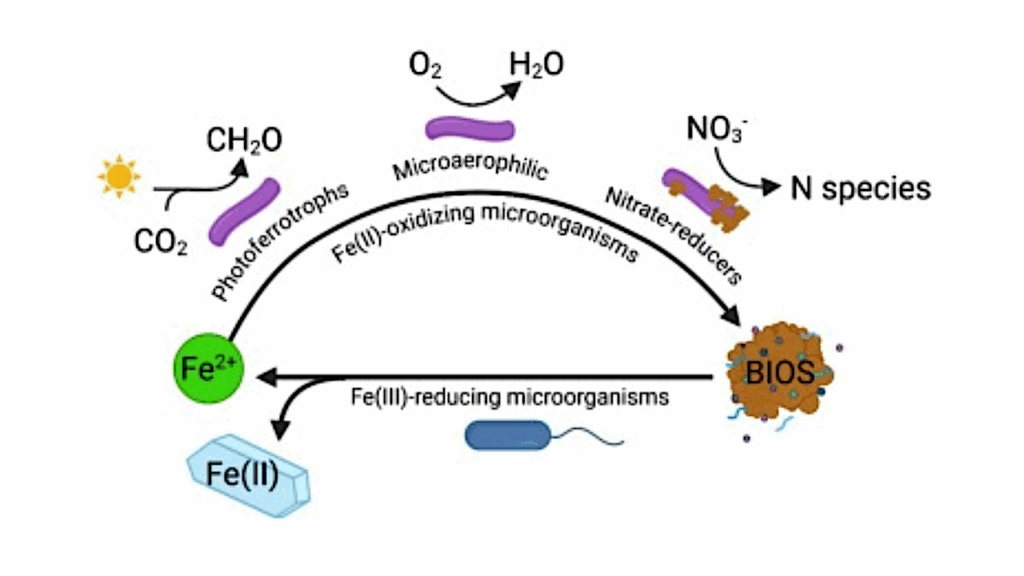Spectroscopic Detection of Biosignatures in Natural Ice Samples as a Proxy for Icy Moons

Some of the icy moons of the solar system with a subsurface ocean, such as Europa and Enceladus, are the targets of future space missions that search for potential extraterrestrial life forms.
While the ice shells that envelop these moons have been studied by several spacecrafts, the oceans beneath them remain unreachable. To better constrain the habitability conditions of these moons, we must understand the interactions between their frozen crusts, liquid layers, and silicate mantles. To that end, astrobiologists rely on planetary field analogues, for which the polar regions of Earth have proven to be great candidates.
This review shows how spectroscopy is a powerful tool in space missions to detect potential biosignatures, in particular on the aforementioned moons, and how the polar regions of the Earth are being used as planetary field analogues for these extra-terrestrial environments.
by Francisco Calapez, Rodrigo Dias, Rute Cesário, Diogo Gonçalves, Bruno Pedras, João Canário, and Zita Martins
Spectroscopic Detection of Biosignatures in Natural Ice Samples as a Proxy for Icy Moons, life (open access)
Astrobiology








